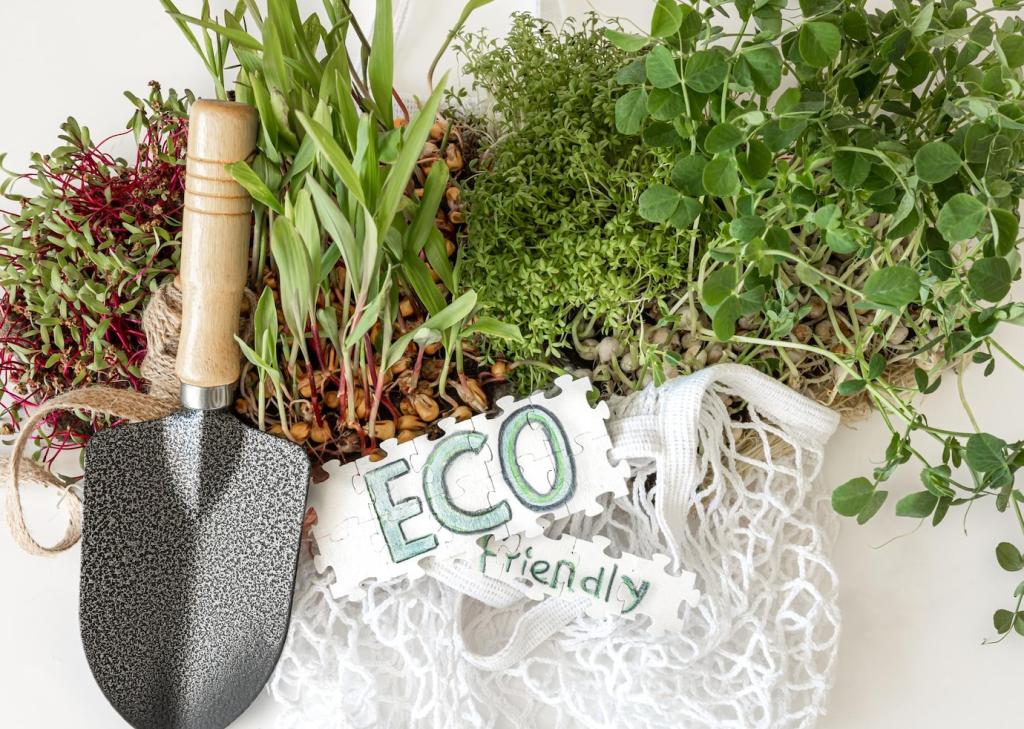Bamboo Furniture: A Sustainable Choice
Today’s theme: Bamboo Furniture: A Sustainable Choice. Discover how this fast-growing, resilient material can refresh your home while lowering your footprint. Enjoy ideas, stories, and practical guidance—and subscribe for more planet-positive inspiration.

Why Bamboo Furniture Truly Is a Sustainable Choice
Rapid Renewability and Carbon Capture
Certain bamboo species mature in three to five years and can grow astonishingly fast, helping sequester carbon quickly. That speed, paired with responsible harvesting, supports a regenerative cycle many hardwoods simply cannot match.
Low-Impact Cultivation with Soil Benefits
Bamboo’s dense root network helps stabilize soil and reduce erosion. In many regions, it thrives with fewer chemical inputs than conventional timber, making it appealing for landscapes where biodiversity and water protection truly matter.
Proof Through Certifications and Standards
Look for FSC-certified sources, low-VOC finishes, and CARB Phase 2 or TSCA Title VI compliant panels where adhesives are used. These labels help ensure responsible forestry, healthier indoor air, and transparent, auditable sourcing practices.


Design Versatility: From Calm Minimalism to Bold Statements
Japandi, coastal, and modern organic interiors highlight bamboo’s clean lines and warm tones. Whether you prefer spare silhouettes or relaxed beach vibes, bamboo frames create visual harmony without overwhelming your existing decor.
Design Versatility: From Calm Minimalism to Bold Statements
Natural bamboo reads pale and airy, while carbonized tones add caramel warmth. Strand-woven textures provide dramatic grain patterns, letting you curate subtle or striking looks that still honor the material’s sustainable story.




Strand-Woven and Laminated Panels
Manufacturers compress bamboo fibers with adhesives to create dense, stable boards ideal for furniture frames and tabletops. This engineering enhances durability while preserving the recognizable, organic warmth people love.

Joinery that Lasts
Mortise-and-tenon, dowels, and hidden fasteners help minimize creaks, wobble, and visible hardware. Quality joinery matters with bamboo, translating material strength into lasting comfort you can feel at every sit or touch.
Real-Life Stories: Homes Transformed by Bamboo
Maya swapped bulky particleboard for a bamboo dining set with slimmer profiles and clean edges. She gained airflow around the table, hosted friends without crowding, and felt newly committed to buying fewer, better pieces.


Real-Life Stories: Homes Transformed by Bamboo
A neighborhood café replaced mismatched chairs with durable bamboo stools. The new seating cut replacement costs, softened echoey acoustics, and sparked conversations about local sustainability initiatives posted near the espresso bar.
Buying Guide: Questions to Ask Before You Commit
Sourcing and Certification
Ask about plantation management, harvest cycles, and FSC certification. Transparency around origin, worker welfare, and biodiversity safeguards ensures your purchase supports ecosystems and communities—not just attractive marketing claims.
Adhesives and Emissions
For engineered bamboo, request documentation of formaldehyde emissions meeting CARB Phase 2 or TSCA Title VI. Low-VOC finishes further safeguard indoor air, especially important for nurseries, bedrooms, and compact apartments.
Logistics and Longevity
Consider flat-pack efficiency, repairability, and availability of replacement parts. Pieces designed for disassembly travel lighter, adapt better over time, and reduce the risk of premature disposal when life inevitably changes.

Favor bamboo furniture with mechanical fasteners and modular parts. When components come apart easily, you can repair, refinish, or swap sections instead of replacing the entire piece after one small failure.

Turn a scuffed bamboo shelf into a plant stand with caster wheels, or convert a damaged tabletop into serving trays. A light sand and fresh oil can unlock surprisingly polished results.

Because engineered bamboo often contains adhesives, composting may not be appropriate. Seek community reuse groups, donation centers, or material exchanges to keep functional items circulating and out of landfills.
